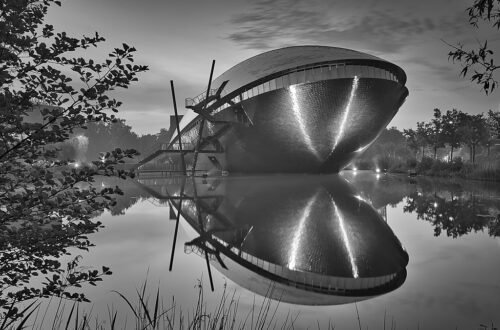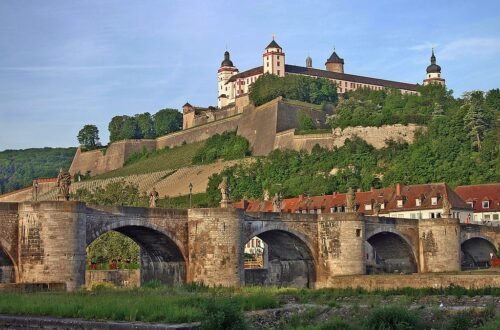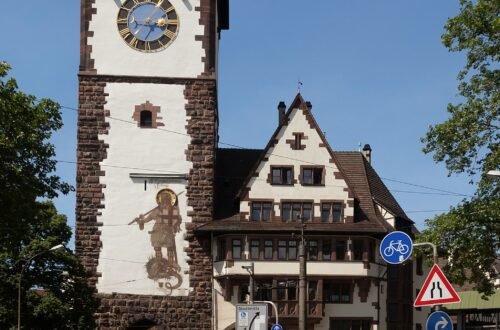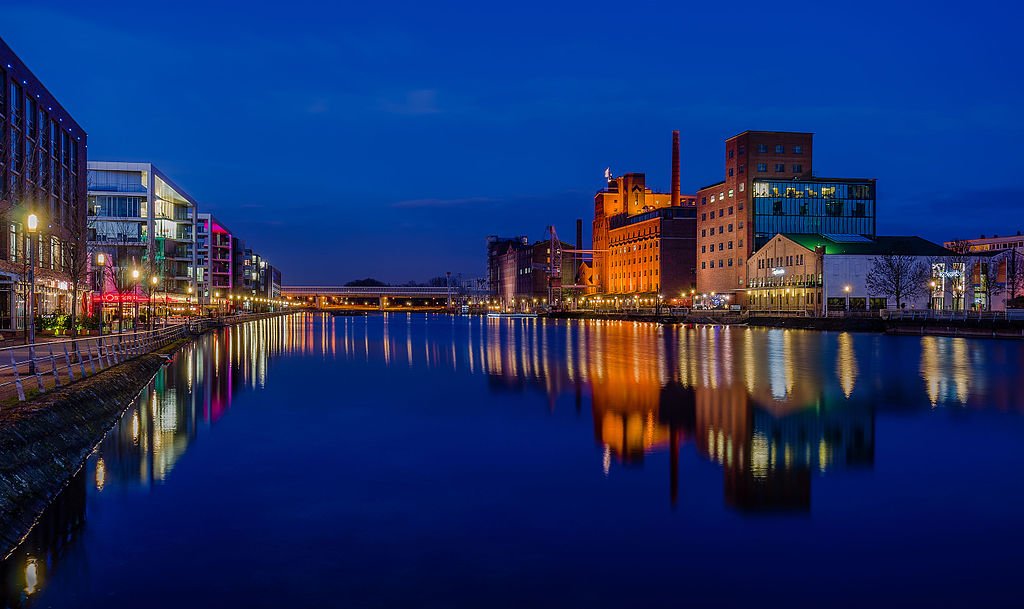
15 Best Things to See in Duisburg (Germany)
Duisburg, a major industrial city in the Ruhr, continues to produce the most steel in Germany even after much of the other heavy industry in the area has shut down. The largest river port in the world, which is located where the Rhine and the Ruhr rivers meet, aids in the transportation of Duisburg’s tonnage. In the past 25 years, Duisburg’s inner harbour, which extends from the Rhine into the city centre, has undergone regeneration. Former industrial grain warehouses have been transformed into museums, offices, and residences. Duisburg is at the start of a long path of breathtaking locations, such as a former steelworks that has been transformed into an urban park to the city’s north. Let’s examine the top activities in Duisburg:
- Aussichtsturm Wolfssee
- Duisburg Rathaus
- Lehmbruck Museum
- Duisburg Zoo
- Königstraße
- Tiger and Turtle – Magic Mountain
- Inner Harbour
- Museum Küppersmühle
- Kultur- und Stadthistorisches Museum Duisburg
- Museum der Deutschen Binnenschifffahrt
- Mercatorbrunnen
- Landschaftspark Duisburg Nord
- Archäologische Zone Alter Markt
- Sechs-Seen-Platte
- Salvatorkirche
Aussichtsturm Wolfssee
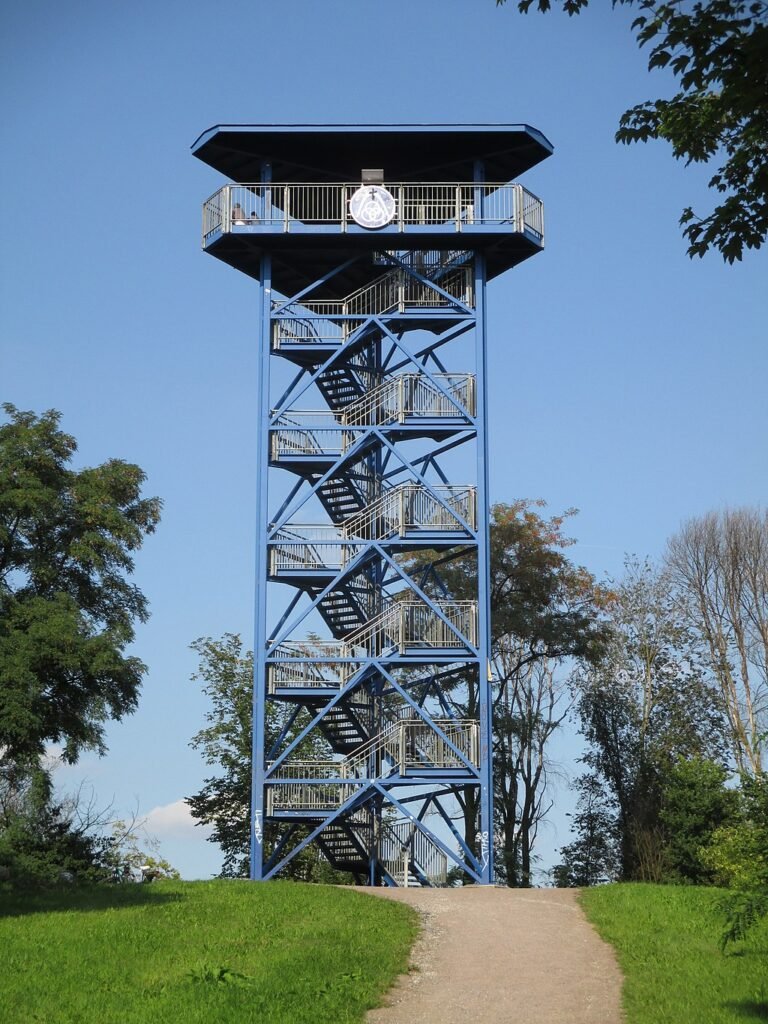
The Wolfsberg, Duisburg’s second-highest publicly accessible point, is located on the east coast of Wolfsee, one of the six lakes that make up the “Sechs-Seen-Platte.” And Wolfsberg is entirely artificial, much like the hilltop that Tiger and Turtle stand atop. Excavated soil and gravel, landfill, industrial debris, and even the remains of a gun position and Luftwaffe ammo stockpile from World War II all contributed to its formation. At the top, a wooden observation tower was constructed. After it burned down in 2002, a replacement steel tower was constructed there and opened in 2006. From the upper platform, you can view the entire leisure area, the Ruhr region’s industrial architecture, and far-off monuments like Dortmund’s television tower.
Duisburg Rathaus
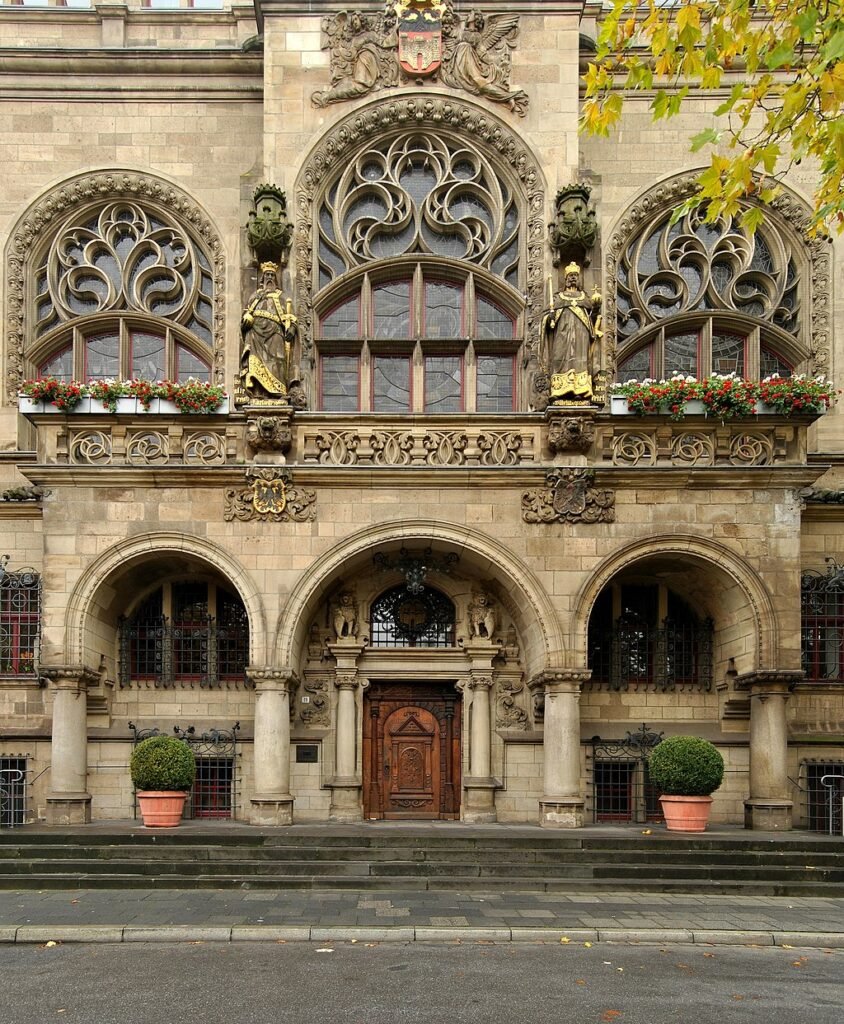
Duisburg’s population grew dramatically during the Industrial Revolution, going from 4,500 at the beginning of the 19th century to 100,000 at its conclusion. To accommodate all of the new residents over the course of a century, the town hall had to be renovated twice. Friedrich Ratzel, a Karlsruhe architect, created the Historicist design for the existing building, which was erected on Burgplatz at the start of the 20th century. He beat out 80 other proposals, and 20 homes had to be torn down to make room for this massive structure. Look at the main facade, which boasts a 67-meter tower and elegant traceried windows on its first floor.
Lehmbruck Museum
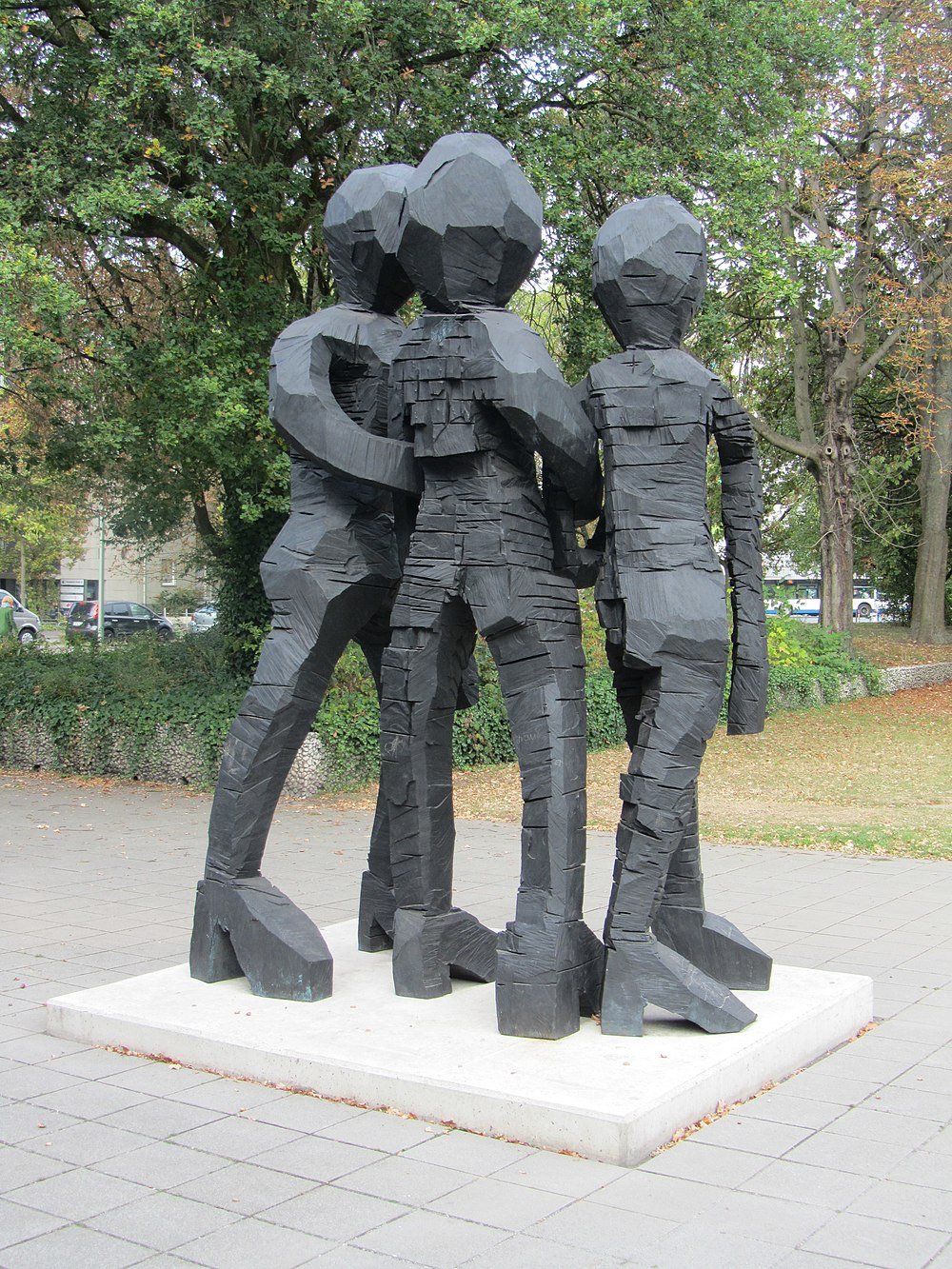
The Lehmbruck Museum, located in Immanuel Kant Park, focuses mostly on sculpture and chronicles the life and work of Duisburg-based artist Wilhelm Lehmbruck. A separate building houses his sketches, drawings, and paintings, in addition to the museum’s collection of about 100 of his pieces. Lehmbruck, however, only makes up a small portion of a collection that is so huge that it must be installed again every year. Sculptures by Alberto Giacometti, Joseph Beuys, Pablo Picasso, Käthe Kollwitz, Alexander Archipenko, and Christo are just a few examples that are available for viewing. Additionally, there are paintings from the 19th and 20th centuries, primary expressionism by Die Brücke painters like Emil Nolder, Max Pechstein, Kirchner, and August Macke, as well as works by Ernst Eilhelm Nay and Max Beckmann from the Bauhaus school. You can tour the sculpture garden in Immanuel Kant Park, which is filled with 40 pieces by Lehmbruck, Henry Moore, and Méret Oppenheim.
Duisburg Zoo
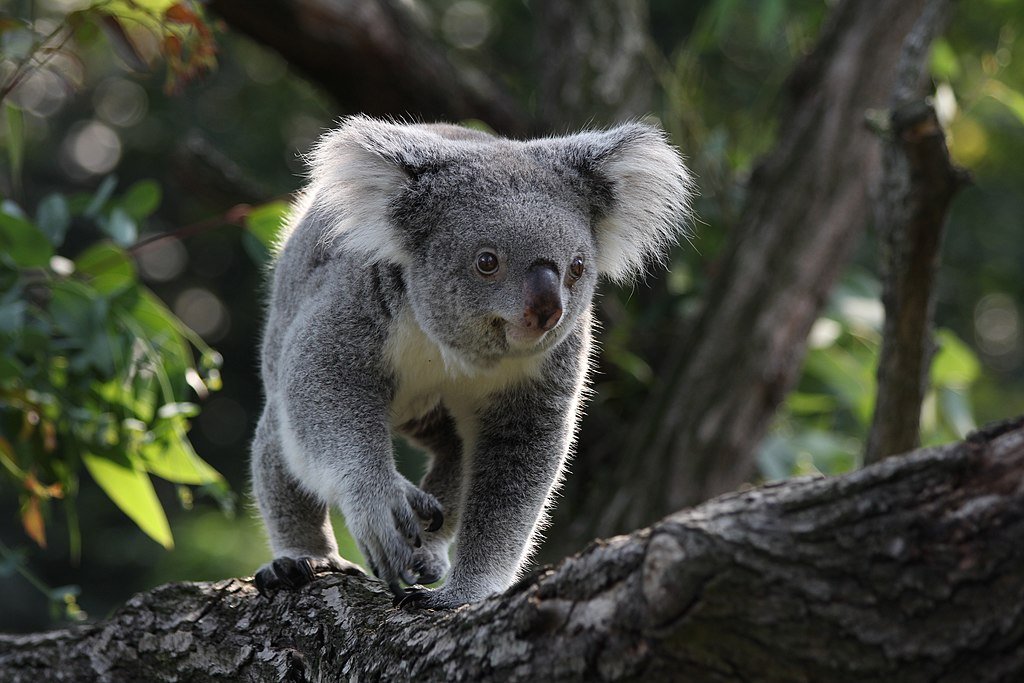
The Duisburg Zoo is a 16-hectare refuge for about 300 animal species and is located at the northernmost point of the Duisburg Urban Forest. After the war, the area around the water enclosures of the attraction grew. The largest of these is the three million litre dolphinarium, which is also the largest in Germany. It is home to nine bottle-nosed dolphins. Baby, the final Amazon dolphin to exist in Europe, is currently on display at Rio Negro. When it comes to terrestrial creatures, the zoo is renowned for its breeding of fossas and unique Madagascar mammals that resemble cougars. The Duisburg Zoo also raises Koalas, who are housed in their own “Koala House” and can be approached up close through the glass.
Königstraße
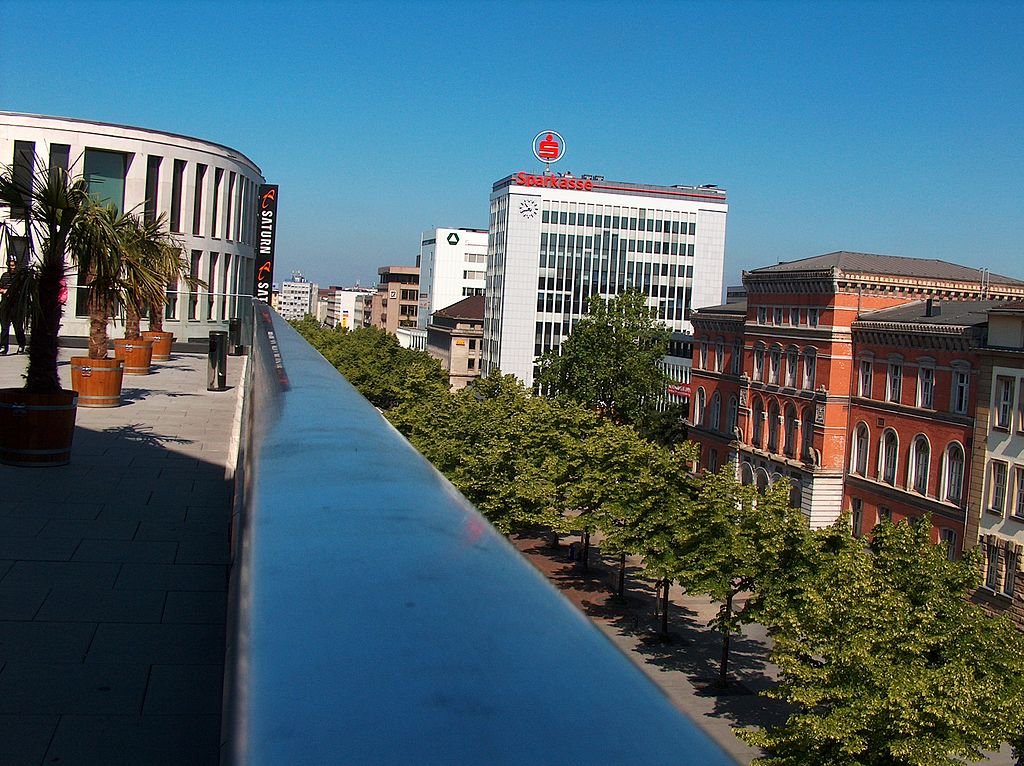
One of Duisburg’s historic city gates, Kuhtor, is connected to the Hauptbahnhof via the city’s principal pedestrian thoroughfare. Three malls, worldwide chains, and a Karstadt branch in Germany line the street’s 600-meter length. In 2011, the Königsgalerie, a shopping centre that connects to the street, opened; we’ll talk about the Forum mall later. You can kill time while waiting along Königstraße by taking in the sights of the Brunnenmeile (Fountain Mile) monuments. A project in the 1990s brought 11 fountains, all of which were created by renowned sculptors. One of these is Lifesaverbrunnen, the most well-known and contentious piece of public artwork in Duisburg. Niki de Saint Phalle and the Swiss kinetic artist Jean Tinguely worked together to create the odd and colourful bird-like sculpture.
Tiger and Turtle – Magic Mountain
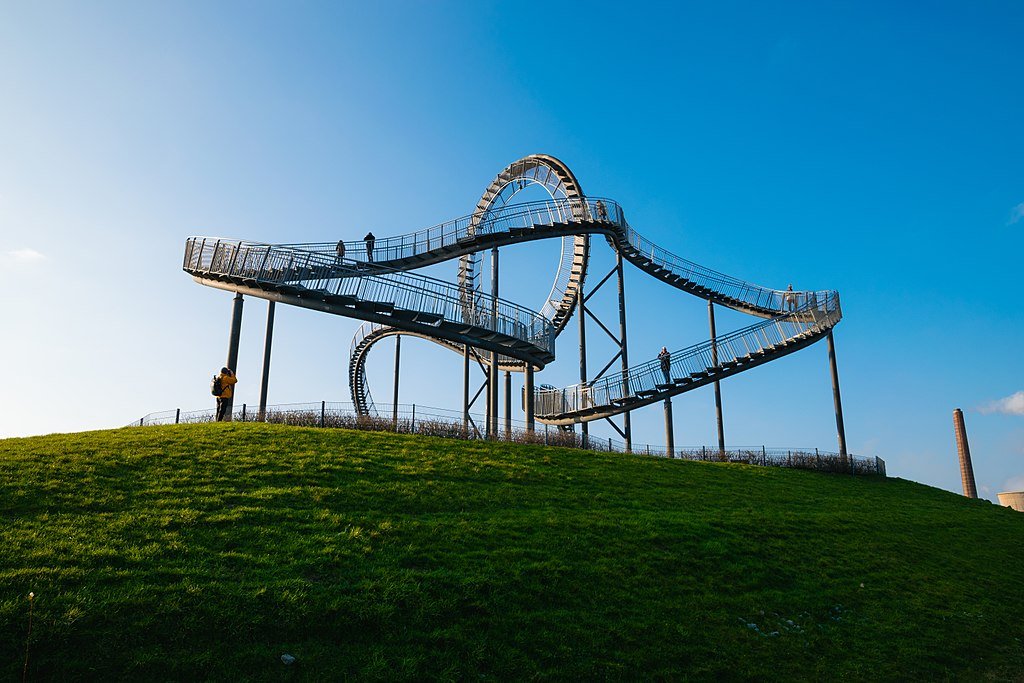
An interactive art piece developed in 2010 while the Ruhr was Europe’s cultural capital is located south of Duisburg, a short distance down the Rhine. Heike Mutter and Ulrich Genth created The Tiger and Turtle, which is essentially a hilltop rollercoaster with winding stairs in place of a rail. With the exception of the loop, which is obviously impassable, the construction is built of galvanised steel and may be experienced on foot. The 35-meter hill at The Tiger and Turtle was actually constructed by humans using waste from a zinc smelting industry and piles of debris from demolished industrial structures.
Inner Harbour

The Inner Harbour of Duisburg, which up until the 1960s served as the city’s economic engine, is a must-visit for anybody with a passion for industrial architecture. The harbour was referred to as the “breadbasket of the Ruhr” during the Industrial Revolution because it housed grain in enormous granaries. The harbour declined after the immediate post-war period and was abandoned for decades until undergoing a reconstruction project in the 1990s. Plans by Norman Foster called for developing such Ruhr locations into entertainment, business, and residential zones. And today, there are parks, museums, eateries, and businesses on the lake, many of which are housed in former brick industrial structures.
Museum Küppersmühle
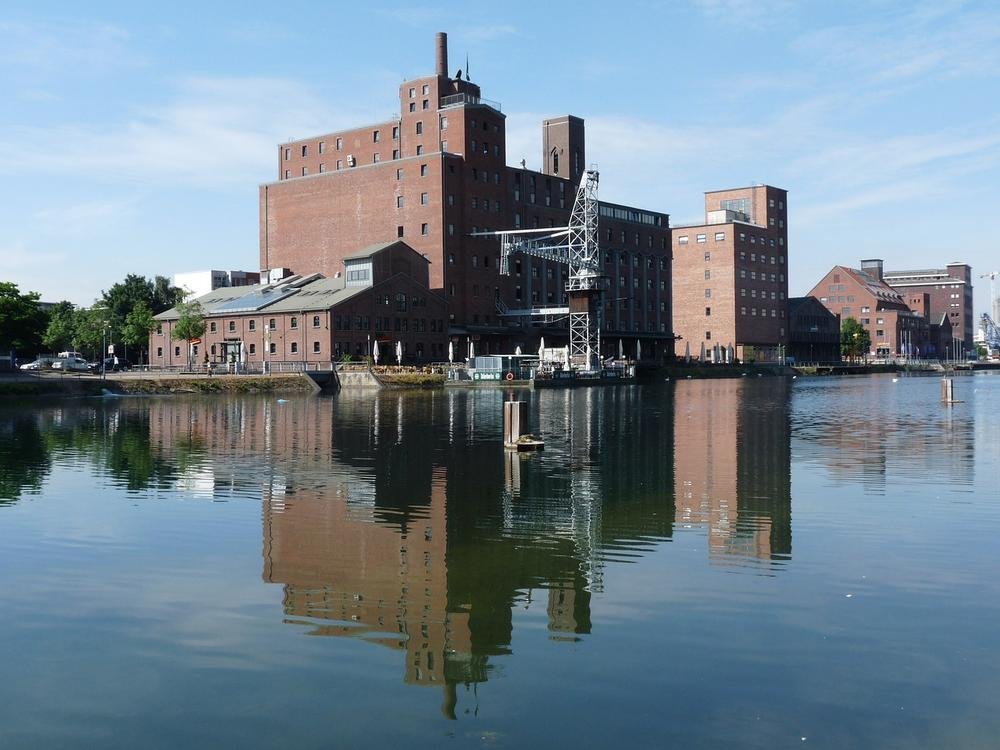
The striking structure, which towers seven stories over Duisburg’s inner harbour, makes this museum of contemporary art appealing in part. The building, which was initially built in 1908 as a granary, was later outfitted with 42-meter steel grain silos on its eastern side. A citizen-led movement insured the building’s preservation after it was decommissioned in the 1970s, and the Swiss architectural company Herzog & de Meuron renovated it in the 1990s. Four temporary exhibitions, either retrospectives or curated shows on a specific subject, are held at the museum each year. Eminent German modern artists like Sigmar Polke, Georg Baselitz, Candida Höfer, and Abraham David Christian have works in the permanent collection.
Kultur- und Stadthistorisches Museum Duisburg
This museum is housed in another of the elegant grain mills from the turn of the 20th century, also beside the water on the Inner Harbour. Over the past 200 years, the museum’s collections have been gradually assembled from excavations and the city archives. If you’re following the Gerardus Mercator trail, don’t hesitate to visit the first floor to see his “Schatzkammer” (treasury), which contains two globes that Mercator built that show heaven and earth, as well as authentic maps and atlases. The final surviving replica of the Corputius Plan, which depicts a birds-eye perspective of Duisburg and was created in 1566 by the Dutch cartographer Johannes Corputius, is another well-known map. On a side note, the Köhler-Osbahr collection is a collection of coins that includes some intriguing artefacts that were used as money in ancient cultures.
Museum der Deutschen Binnenschifffahrt
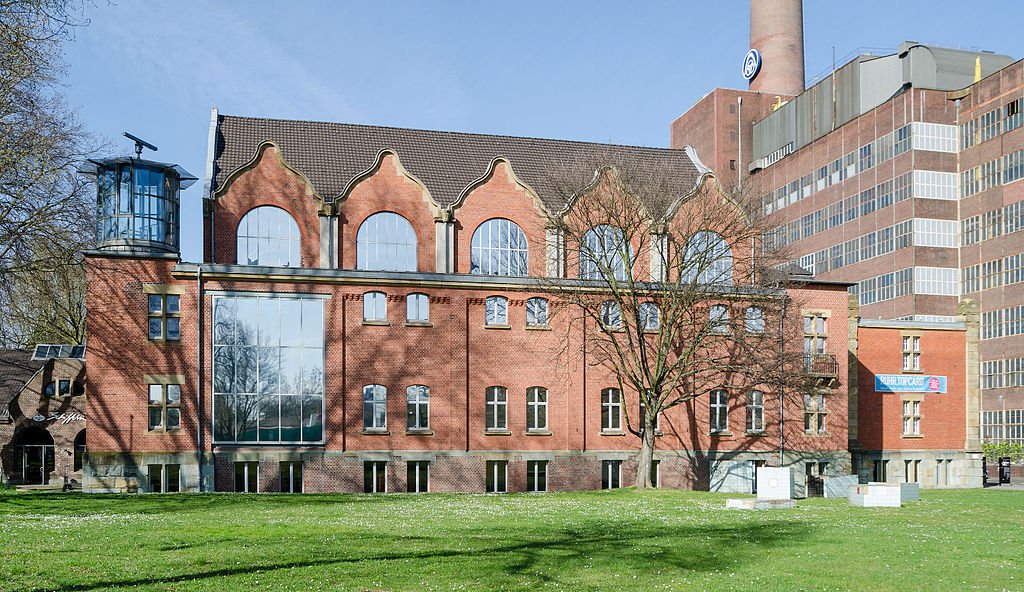
A museum about the social and technical history of inland navigation is housed in a magnificent Art Nouveau public bath from the 1910s. The museum is located in the Ruhrort neighbourhood along the right bank of the Rhine, which is home to the biggest river port in the entire world. A barge from 1913 can be found in the old male swimming pool’s hall, and a walk-through duplicate vessel lets you experience life and work on board in the ladies’ hall. Three ships are parked at the harbour ten minute walk from the museum. There are two that can be seen: The Minden is a bucket chain-operated dredger that was first deployed in 1882. The highlight is the 75-meter-long Oscar Huber. The last intact paddle steamer on the Rhine was launched in 1922.
Mercatorbrunnen
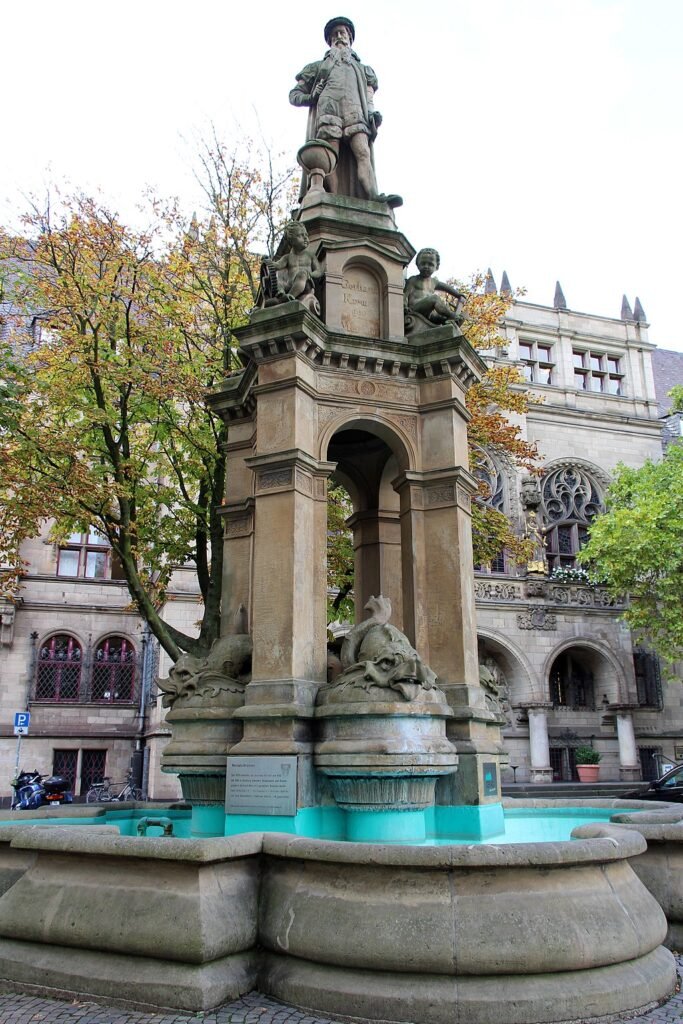
Gerardus Mercator, a Flemish-German cartographer who left Leuven due to his Lutheran inclinations, spent the last 30 years of his life in Duisburg. The 1569 World Map by Mercator is famous for using his Mercator Projection method, which projects the map onto a grid of straight lines. It represented one of the significant advancements in map design. At a sandstone fountain on Burgplatz, built in 1878 and featuring a figure of the great man in Renaissance attire gazing down at the globe from two metres high, you can pay your respects to Mercator. The four child figures on each corner of the pedestal stand for commerce, industry, science, and navigation.
Landschaftspark Duisburg Nord
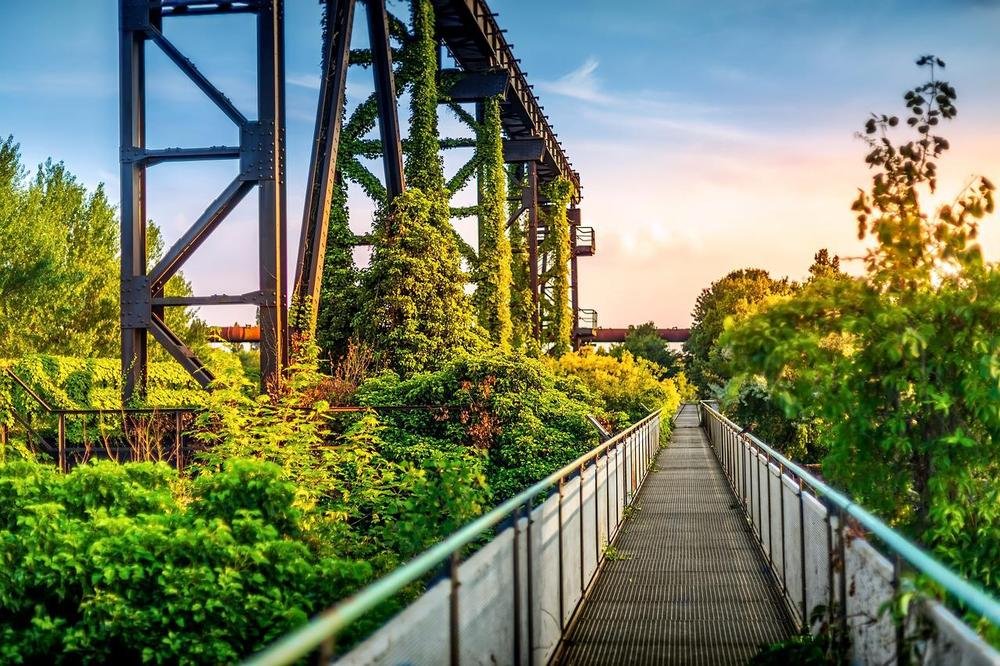
An abandoned steelworks that has been transformed into a public park is located in the Meiderich neighbourhood in the north of the city. Peter Latz, a landscape architect, decided to preserve the blast furnaces, conveyor bridges, and chimney stacks in the early 1990s after the factory closed in 1985 rather than demolish them. To clean up the soil, plants were planted, and where it was possible, the infrastructure was reused. For example, former sewage canals and railroads have been turned into walking trails, a gasometer has been converted into a scuba diving facility; concrete bunkers have been transformed into gardens, walls have been made climbable, and a blast furnace has been converted into a viewing tower. The Landschaftspark, a part of the Industrial Heritage Trail of the Ruhr, is regularly rated as one of the best urban parks in the world.
Archäologische Zone Alter Markt
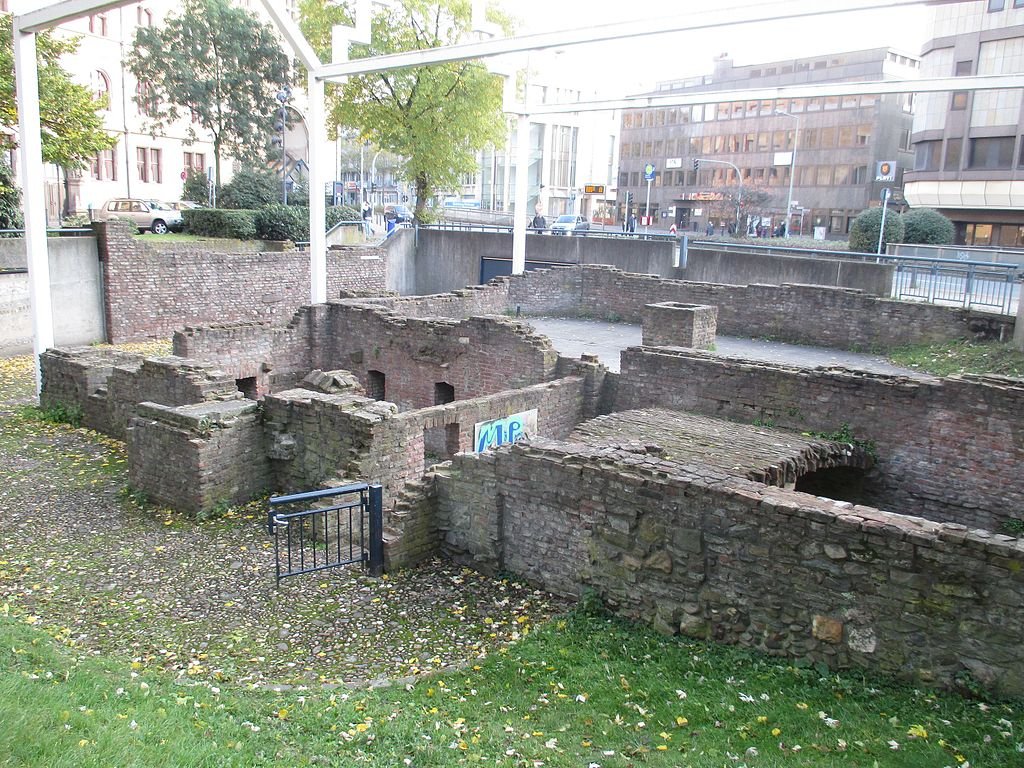
The ruins of Duisburg’s medieval market were discovered on Burgplatz in front of the town hall during excavations for the city’s U-Bahn at the beginning of the 1980s. Since the 900s, this has served as the primary market square, and in the 1300s, a permanent market hall was built. The foundations of a hall and a house from the 1600s are accessible through steps that descend two metres from street level. You will be moving backwards in time from the 1800s to the 1500s to the 1300s with each step. Additionally, there are German-language information boards all over the dig site that depict how the Burgplatz would have appeared at various points in its history.
Sechs-Seen-Platte
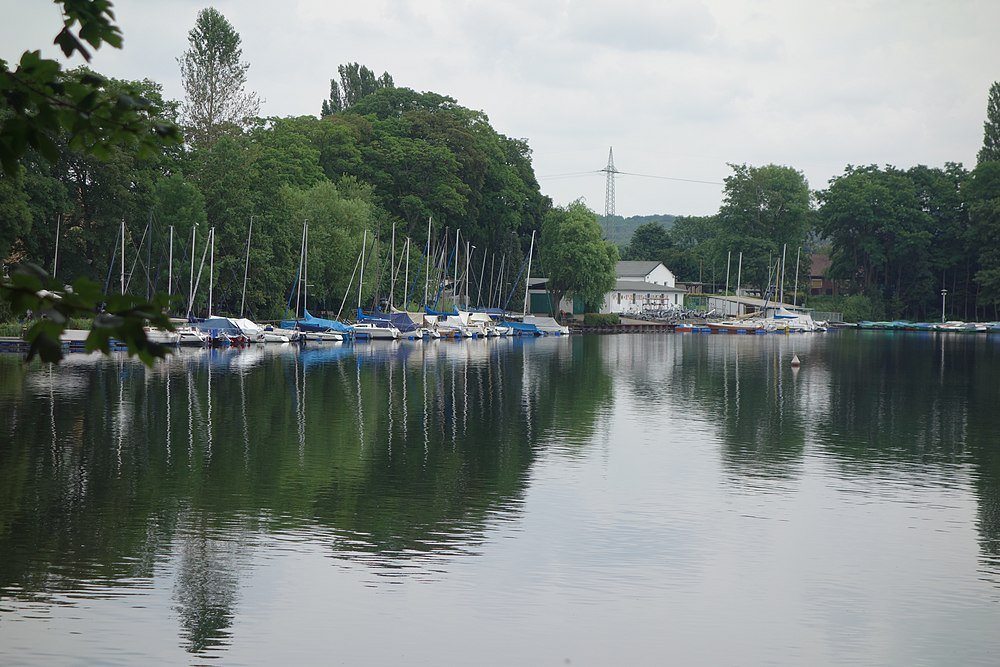
At this scenic location and recreational area of six partially connected lakes, Duisburg’s business will never seem further away. It may be difficult to comprehend that Sechs-Seen-Platte is entirely man-made as you take in the 150-hectare site on a leisurely walk, an energising morning run, or a swim at the public bathing area. For Count Spee’s ancestral residence, Schloss Heltorf, close to Düsseldorf, these lakes were previously a gravel dump. In the height of summer, visitors flock to the 450-meter-long beach, 25 kilometres of walking trails, golf courses, horseback riding bridleways, and restaurants.
Salvatorkirche
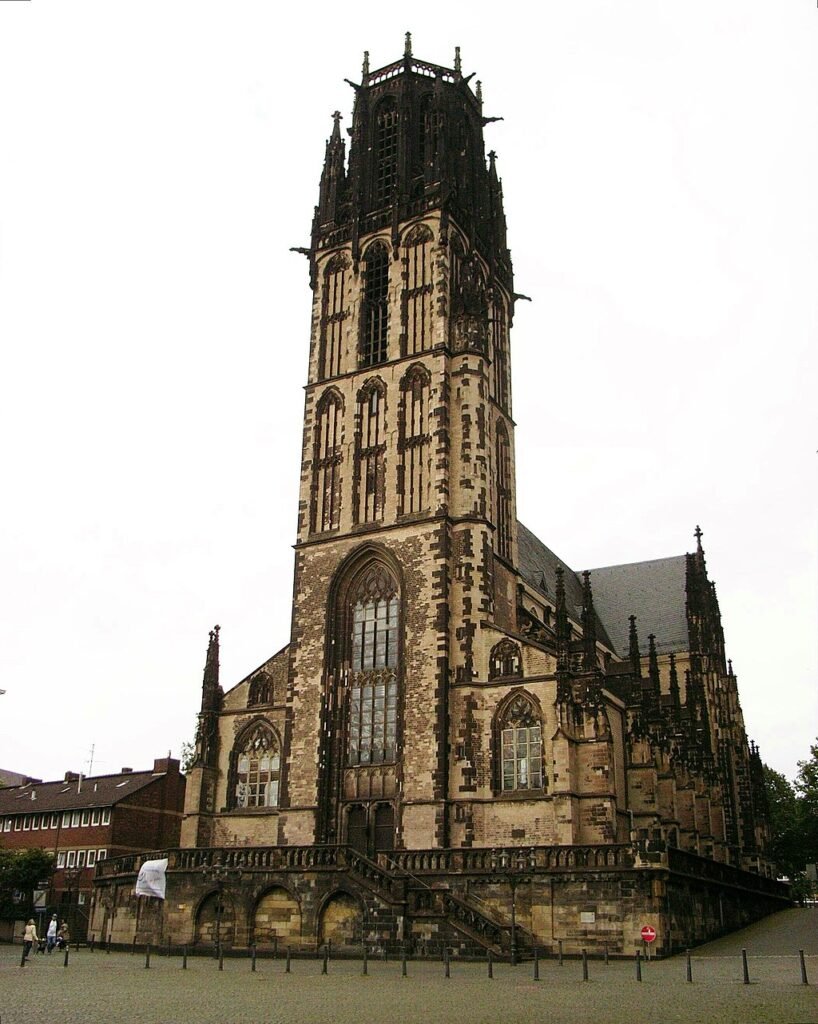
One of the finest specimens of Late Gothic architecture on the right bank of the Lower Rhine is this church on Burgplatz, which was constructed in the 1300s from light grey tuff. The Second World War’s bombing of the church’s spire, which caused the spire to collapse into the nave, is what led to the tower’s distinctive truncation. If you are able to enter, seek the Renaissance pulpit from 1664 and the 1500s-era baptismal font. Additionally, there are 18 grave monuments, one of which is for Gerardus Mercator. The memorial window, known as the Gedenkfenster, depicted the 1938 Duisburg November Pogrom and was created by Israeli artist and former Essen resident Naftali Bezem after the war.


